Happy Fungi Friday! This week, I'd like to share photos taken from a recent hike through a local bog and the fascinating fungi found along the way. As of late, I have spent the majority of my time hunting for fungi in the comfort of mixed hardwood and conifer forests, safe from the muck and mud of the more swampy environments that are also prevalent in my region of the world. To this end, I have been able to find a wide variety of edible Basidiomycetes, ranging from Hen of the Woods (Grifola frondosa) to Eastern Black Trumpets (Craterellus fallax), though I have not been as lucky at finding members of the Ascomycetes. After thoroughly picking over my favorite edible mushroom hunting grounds, I decided to change course and dive into the cold mud of a local bog to hunt for members of this personally less familiar Division of the Kingdom Fungi. For those interested in the the edible fungi I have found recently, I have documented my findings in the post linked here.
I've had much more success finding members of the Ascomycetes in swampy bog environments, so I tried my luck in a local bog where I hoped to find a type of fungi I think is particularly interesting: the Family Geoglossaceae. The Family Geoglossaceae is comprised of the Earthtongues (Genus Geoglossum) and the Hairy Earthtongues (Genus Trichoglossum). Both look like thin, black, finger-like projections that rise from the damp mud beneath, often widening at their tip to form somewhat of a club or spoon-like shape. While these two Genera can be differentiated from one another by the presence or absence of hairs on the stipe (hairs present = Genus Trichoglossum, hairs absent = Genus Geoglossum), differentiating down to the species level requires microscopy or DNA sequencing. Like many other members of the Ascomycetes, I find these fungi fascinatingly beautiful and strange. Their form is so unlike the typical cap and stem mushroom that one would hardly believe that they were so closely related at first impression. Thankfully, they were out in abundance on this trip to the bog.
Apart from the Earthtongues, I was also able to come across a variety of more brightly colored Ascomycetes, including the vibrant Orange Peel Fungus (Aleuria aurantia), Green Wood Cup (Chlorociboria aeruginascens), and Yellow Fairy Cups (Calycina citrina), as well as the more elusive and dingy Brown-haired White Cup (Humaria hemisphaerica) and Helvella fibrosa, each fascinating Ascomycetes unto themselves.
Among the Basidiomycetes, my most notable find was a common Milk Cap (Genus Lactarius) with a mutation that caused a secondary, much smaller Milk Cap to grow from the cap of the primary mushroom. I have seen this same type of mutation once before on a red Russula mushroom, but I am unaware as to what may cause this type of mutation, pollution or otherwise. Apart from the mutated Milk Cap, I was also able to find several Shingled Hedgehogs (Sarcodon imbricatus), the intricately ornamented Decorated Pholiota (Leucopholiota decorosa), and the gelatinous Helicogloea compressa, a species that was new to me.
As always, feel free to offer your suggestions if you believe that I have misidentified any of the species shown below. Thank you, and happy Fungi Friday!
ASCOMYCETES:
Earthtongues & Hairy Earthtongues (Family Geoglossaceae):
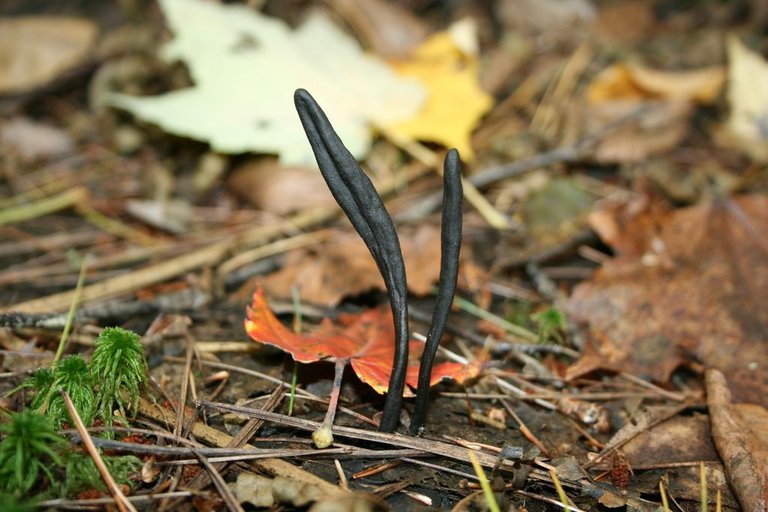





Orange Peel Fungus (Aleuria aurantia):



Brown-haired White Cup (Humaria hemisphaerica):
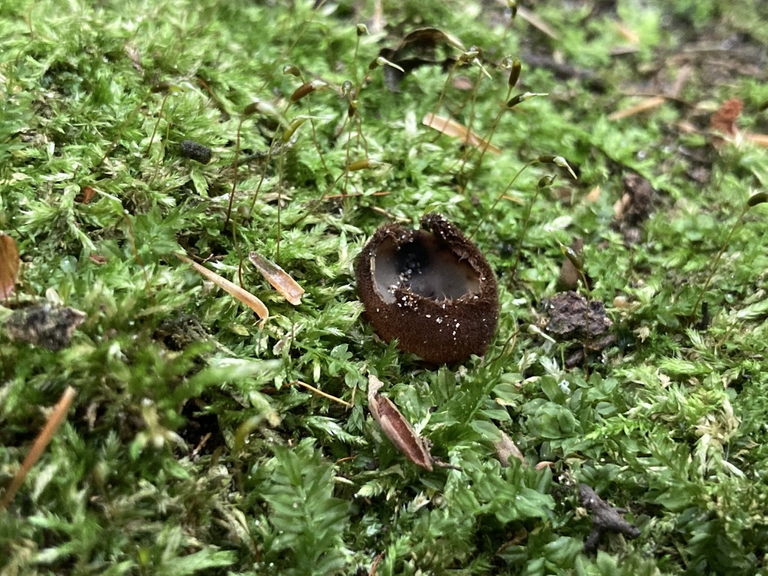
Helvella fibrosa:


Yellow Fairy Cups (Calycina citrina):

Green Wood Cup (Chlorociboria aeruginascens):



BASIDIOMYCETES:
Common Milkcap (Genus Lactarius) with mutation:
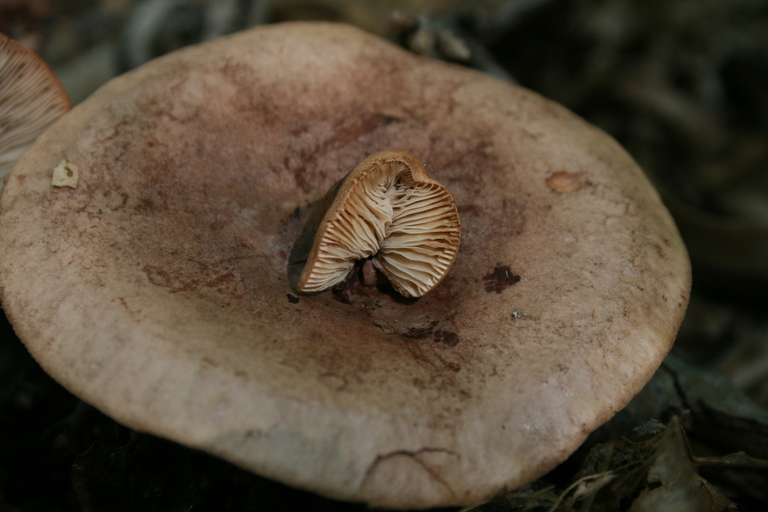

Hoof Fungus (Fomes fomentarius):



Shingled Hedgehog (Sarcodon imbricatus):


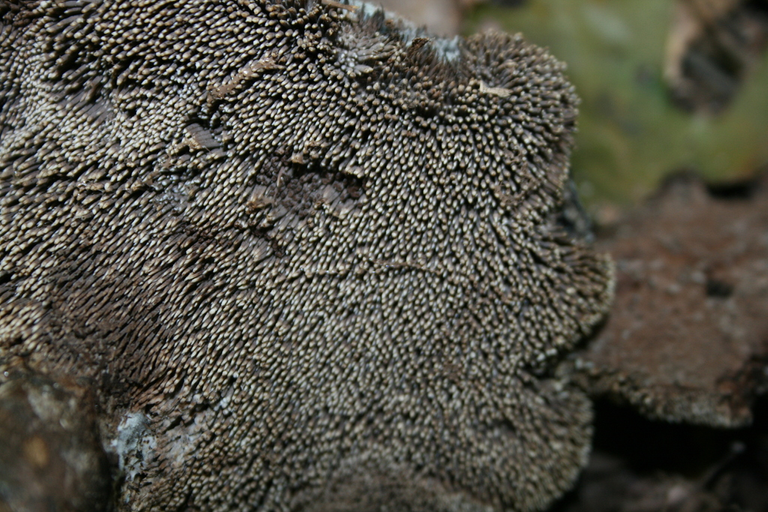
Dotted-stalked Suillus (Suillus granulatus):


Clitocybe robusta:



Tricholoma subsejunctum:

Violet-toothed Polypore (Trichaptum biforme):

Turkey-Tail (Trametes versicolor):

Snowy Waxcap (Cuphophyllus virgineus):

Helicogloea compressa:

Dryad's Saddle (Cerioporus squamosus):

Blue-green Cracking Russula (Russula parvovirescens):

Decorated Pholiota (Leucopholiota decorosa):

Beech Rooter (Oudemansiella furfuracea):

Common Earthball (Scleroderma citrinum):




White Coral Fungus (Ramariopsis kunzei):


Yellowleg Bonnet (Mycena epipterygia):

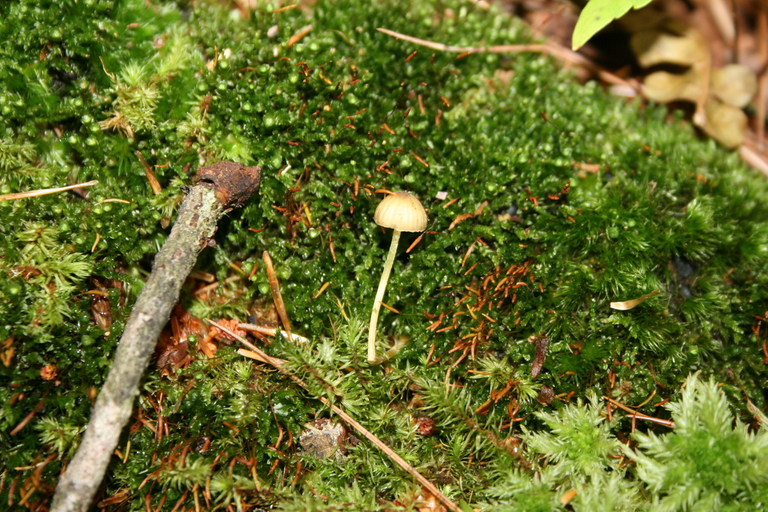
Hairy Long Stem Marasmius (Rhizomarasmius pyrrhocephalus):

Moss Bell (Galerina hypnorum):

Oak-loving Gymnopus (Gymnopus dryophilus):

Luminescent Panellus (Panellus stipticus):

Alder Bracket (Mensularia radiata):


Orange Mycena (Mycena leaiana):

Bear Lentinus (Lentinellus ursinus):
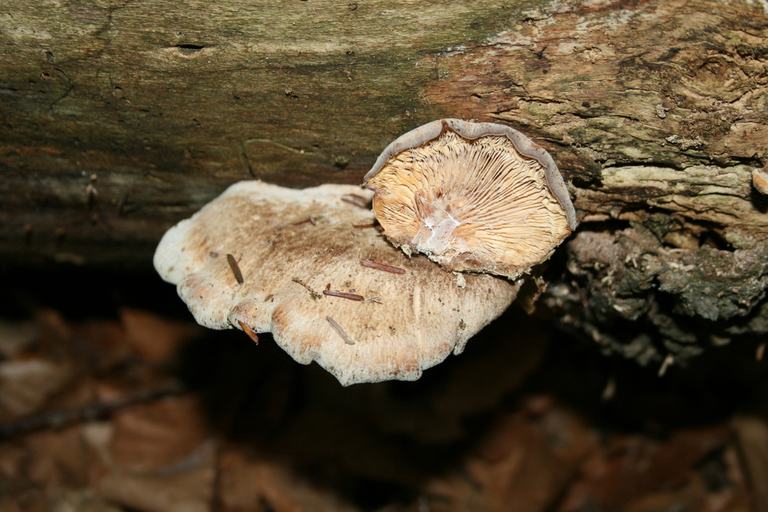
Brown-staining Cheese Polypore (Fuscopostia fragilis):

Brown American Star-footed Amanita (Amanita brunnescens):


My NFT Showroom gallery: https://nftshowroom.com/tych021/gallery Creary Gallery: https://creary.net/@tych021/projects Publish0x reflink: https://www.publish0x.com?a=M7e58kDYd2 PeakD reflink: https://peakd.com/register?ref=tych021 NFTShowroom reflink: https://nftshowroom.com/?r=tych021 Twitter: https://twitter.com/tych021 Vimm.tv: https://www.vimm.tv/tych021